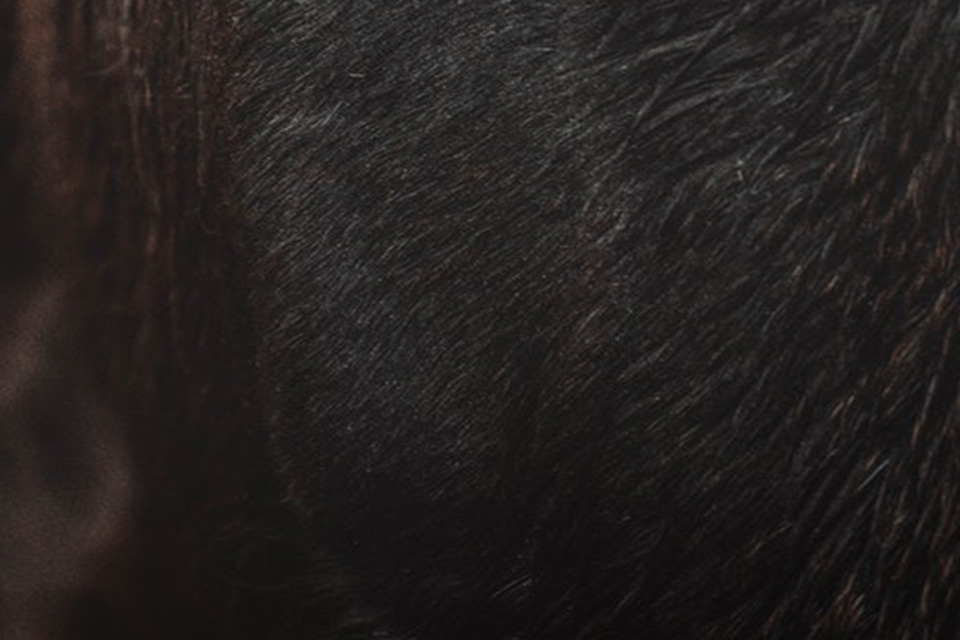Fourth, establish the right view on life. Do not idealize life, or see it as perfect. If we are not alert to impending crises, we will be greatly disappointed when confronted with birth, aging, sickness, and death and various kinds of suffering. We may take extreme steps if we cannot handle the suffering. Hence, the right amount of precaution is necessary to surmount life’s difficulties. When accidents happen, we should always remind ourselves: birth, aging, sickness, and death; sadness, joy, parting, and reunion are all part of life. None of us are spared or can escape, so we must not be overly weak. In life, there are many complications and misfortunes which cannot be avoided; some happen for objective reasons, some are caused by our past karma. Whatever the reason, we cannot run away from them. As long as we have a body, we will experience birth, aging, sickness, and death. If we are not strong enough to deal with this, we will incur a great deal of suffering.
Buddha Sakyamuni handed down many methods to face birth, aging, sickness, and death, and always taught us to confront, not run away from our suffering.
~ Depicted from THE PAPER TIGER - The Tibetan Buddhist View on Happiness











